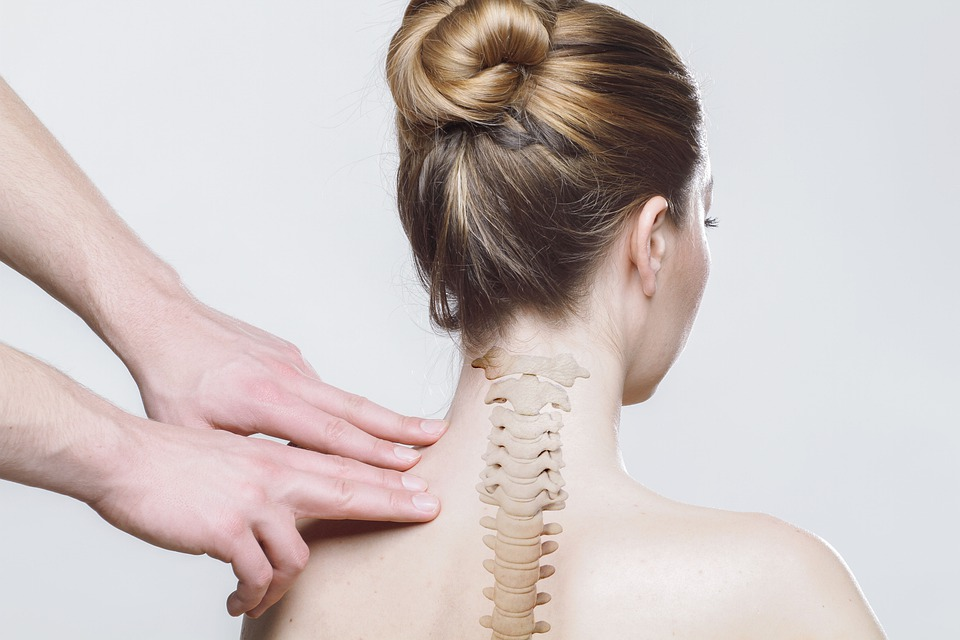When people are diagnosed with spinal stenosis, which is a narrowing of the spaces within the spine, it means that pressure is put on the nerves that go through their spines.
Most often, spinal stenosis happens in the lower back and neck. Let’s take a closer look at the condition.
The Causes of Spinal Stenosis
The most common cause of the spinal stenosis condition is the wear-and-tear that occurs to the spine when people have osteoarthritis.
Normally, the bones of your spine, which form a spinal canal, protect your spinal cord. But some people are born with a small spinal canal, which can cause spinal stenosis.
Other causes of the condition can include:
• Spinal injuries.
• An overgrowth of bone.
• Thickened ligaments.
• Herniated disks.
• Tumors.
Does spinal stenosis get progressively worse?
Not everyone with spinal stenosis has symptoms. But when people do, their symptoms can get worse over time, especially when osteoarthritis or spondylosis is the cause of the spinal stenosis.
Symptoms then present themselves gradually and can worsen over time.
Check out this insightful article from the Centers for Neurosurgery, Spine, and Orthopedics about the treatment and the progression of spinal stenosis.
The Symptoms of Spinal Stenosis
As briefly mentioned, not everyone who has spinal stenosis experiences symptoms. Sometimes, it’s unknown that people have the condition until they have an MRI or CT scan. And when people do get symptoms of spinal stenosis, they typically begin gradually and worsen over time.
The symptoms can also vary depending on where the stenosis is taking place in the body and which nerves are affected by it. There are actually two main types of spinal stenosis: cervical stenosis and lumbar stenosis.
Cervical Stenosis
This type of spinal stenosis sees the narrowing of spaces occurring in the part of the spine located in your neck, which is known as the cervical spine.
Symptoms of cervical stenosis include:
• Neck pain.
• Numbness or tingling in your hand, arm, leg, or foot.
• Weakness in your hand, arm, leg, or foot.
• Problems with balance and walking.
• In severe cases, you could experience incontinence and urinary urgency.
Lumbar Stenosis
With lumbar stenosis, the narrowing happens in the part of your spine located in the lower back, which is known as the lumbar spine.
Lumbar stenosis is the most common type of spinal stenosis. The symptoms include:
• Back pain.
• Pain or cramps in one or both legs when you walk or stand for a long time.
• Numbness or tingling in your foot or leg.
• Weakness in your foot or leg.
The Risk Factors of Spinal Stenosis
Degenerative changes can cause spinal stenosis in young people, but spinal stenosis most often happens in people over the age of fifty.
Other factors besides age can increase the risk, though. They include trauma, genetic diseases that affect the development of bone and muscle throughout the body, and congenital spinal deformity conditions like scoliosis.
Diagnosing Spinal Stenosis
If you think you may have spinal stenosis, you should see a medical professional. Tests can then be carried out to diagnose the condition you have.
Using imaging tests is the main way of diagnosing spinal stenosis. You will also be asked about the symptoms you have and your medical history, and be required to undergo a physical examination.
With regards to the imaging tests, they could consist of x-rays, MRI scans, or CT scans:
• X-rays can reveal changes to your bones, like bone spurs, that could be causing the narrowing of the spaces in your spinal canal.
• MRI scans use radio waves and magnets to obtain cross-sectional images of your spine so damage to the spine can easily be detected.
• CT scans basically take x-rays from numerous angles to produce detailed and cross-sectional images that can show any issues.




